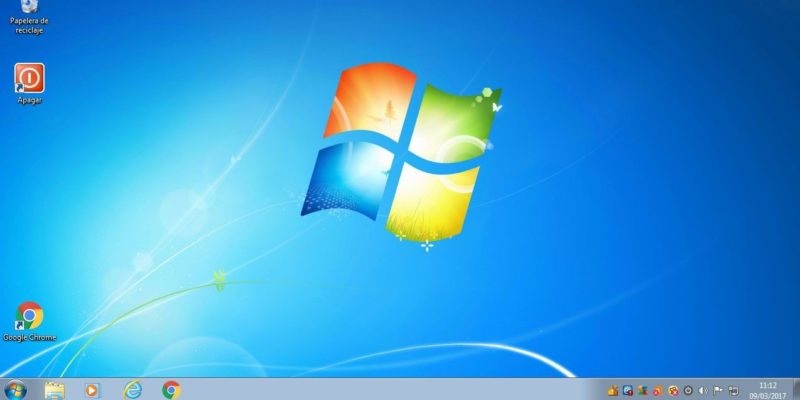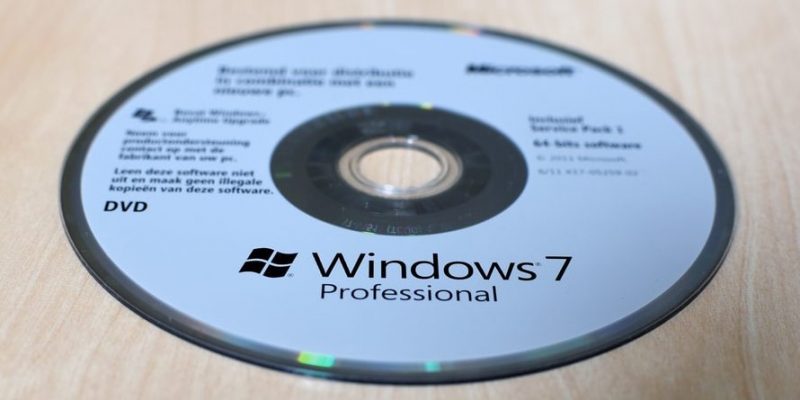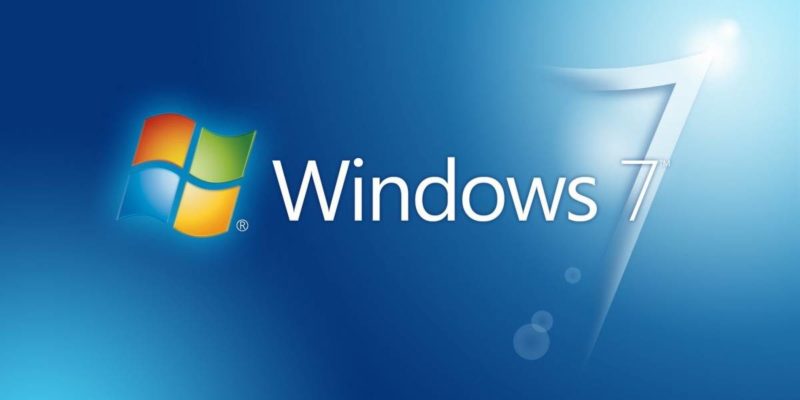We explain what Windows 7 is, how it was developed, and the editions that were created. In addition, its characteristics, advantages and disadvantages.
What is Windows?
A family of operating systems designed for personal computers (PC), smartphones and other computing devices is called Windows , MS Windows or Microsoft Windows . These pieces of Operating Software are created and marketed by the North American company Microsoft.
Windows is really more than an operating system. It is a series of distributions of the MicroSoft Disk Operating System (MS-DOS) or Windows NT, two old Microsoft operating systems, inserted in a visual-type operating environment.
It virtually reproduces a desktop and, through icons, the folders, files and even processes running on the system. Put more easily, it is a kind of representation or friendly mask for other previous operating systems.
The first version of Windows was released in 1985 , as a form of modernization of MS-DOS, which lacked the benefits of graphical user environments (GUI). Since then, Windows has become the most popular operating system in the world, taking over almost the entire available market (90%) for years.
History of Windows 7

Windows 7 is one of the most recent versions of Windows , it appeared commercially on October 22, 2009, in versions for personal computers, laptops, tablets, PCs and media centers.
Its development took place since the launch of its previous version, Windows Vista, and the criteria for it pointed to simplification, friendliness and intuition.
On January 7, 2009, the beta (trial) version was published and two days later the operating system was allowed to be downloaded from the official website, but the demand was such that the company’s servers could not cope and it was necessary to apply for a time limit for automatic update.
On May 5 of the same year , the Release Candidate version was released in 5 different languages , leaving it open until August 20. Its final version, RTM, was announced on July 24 of the same year.
Windows 7 editions

Windows 7 has six different editions, developed one on top of the other in a successive and incremental way, improving or adapting the program to new needs. These editions are:
- Starter. It was the initial edition, with the fewest features of all. It had an incomplete version of the interface, few customization options and, therefore, being also the lightest, it was suitable for netbooks or personal computers with a low level of performance.
- Home Basic. Although with an interface still incomplete, similar to that of the starter, this edition for home computers has greater connectivity and customization functions.
- Home Premium. It is an improved version of Home Basic, with greater customization and interface capabilities, with Windows Media Center and multiple codecs to play multimedia files.
- Professional. Equivalent to Vista Business, that is, the option for business or work computers, which brings all the functions of Home Premium and also capabilities for data backup, online protection and file encryption, to defend the privacy of the data handled.
- Enterprise. The Professional edition adds a multi – language package and a complex series of online software defense work and data protection, which makes it ideal for business computers and connected network . It was sold only by business contract with Microsoft.
- Ultimate. The definitive version that has all the potential of the operating system, for sale to the general public.
Advantages of Windows 7

Windows 7 presented the following list of advantages over previous versions of the program:
- Greater synchronization between the user and the computer, taking advantage of tools such as the touch screen and voice recognition .
- It takes up less space and requires less kernel.
- It supports both 32-bit and 64-bit architectures.
- Saves energy by using less machine components.
Disadvantages of Windows 7
Similarly, this version had some drawbacks compared to other versions of Windows:
- It does not have support or compatibility with drivers and technologies considered “obsolete”, marking a before and after.
- A fresh, fresh installation of the operating system is mandatory for users of previous versions.
- It is a more expensive version than the previous ones.
- Popular Windows tools like Movie Maker, Live Essentials, and more have been removed.
- There is less control by the user regarding Windows updates and remote management by the company.
Service pack 1

Shortly after Windows 7 appeared, Microsoft announced the release of Service Pack 1 (SP1), a complex package of updates designed to correct underlying system errors and significantly improve performance.
This is a usual mechanism in the company, which releases this type of updates on the Internet or schedules them automatically through Windows Update.
In addition, according to Microsoft, this main update adds improvements to the operating system that were not in the original, such as greater reliability in handling HDMI, XPS viewers or support for RemoteFX and Dynamic Memory.
Windows 7 versions
Windows 7 had a series of updates in addition to SP1, which were made through packages downloaded from the Internet automatically.
Major updates led to new versions of the program: v1.1, v.1.2 and v.1.3 , in which successive details involving Windows Update and mouse and keyboard frequencies, among other things, were corrected.
Features removed from Windows 7

Since Windows 7 emerged, among others, with the purpose of removing Windows XP from the market , its appearance abolished certain traditional features of the operating system, or significantly modified them.
In general, these modifications had to do with the operation of Windows Shell elements such as Windows Explorer, Taskbar, Start Menu and Windows Search; as well as Windows Media Player, Internet Explorer, Windows Live, and certain customization options.
Windows 7 critical reception
Windows 7 was much better received than its previous version , Windows Vista. In fact, companies like Fujitsu, HP, Lenovo or Packard Bell launched their new computers with a touch keyboard directly with the operating system.
Some Internet sites like CNET called it “more than what Windows Vista should be, where Microsoft needed to go” and gave it 4.5 out of 5 stars .
Other sources claimed the loss of user control over their private information, which led to the campaign “Windows 7 sins” (“The 7 sins of Windows”) to denounce it.
Windows 7 requirements

To run on a computer, Windows 7 requires:
- 32-bit or 64-bit computer architecture
- 1 GHz processor minimum
- 1GB or 2GB RAM minimum
- Graphic card
- DirectX9 graphics device with WDDN 1.0 driver support
- DVD-R / RW optical drive
- 16 – 20 Gigabytes available hard disk
- Touch monitor (optional)
Successor to Windows 7
Windows 7 had a successor, which was Windows 8 , a version that introduced much more radical changes in terms of visual presentation, design for touch screens and decisions as daring as eliminating the Start menu (they would return it to its place in 2015).
The transition to Windows 8.1 was free via Windows Update.The above content published at Collaborative Research Group is for informational and educational purposes only and has been developed by referring reliable sources and recommendations from technology experts. We do not have any contact with official entities nor do we intend to replace the information that they emit.














